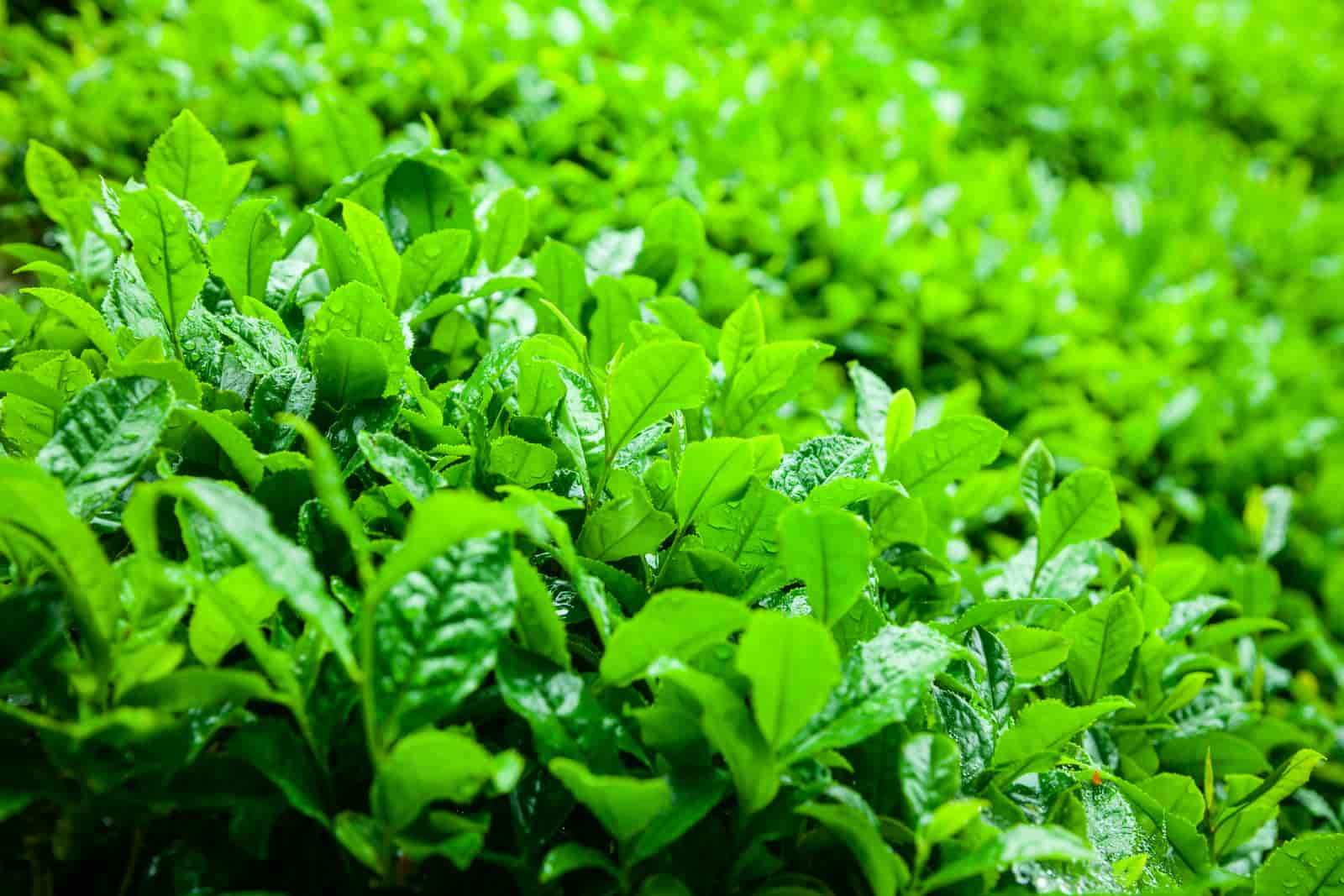Nowadays, people love to decorate their homes, be it interior or exterior. It is a new trend, and to live in an upgrading world like ours, we also tend to follow the trends.
Decorating your room with houseplants makes your room look lovely, greener, and purifies air simultaneously. And Epipremnum aureum, devil’s ivy, or pothos are the best choices.
It is a houseplant, which belongs to the Araceae family. It is native to southeastern Asia and is therefore suitable for tropical temperatures.
Nurturing a pothos plant should not be labeled as ‘hard work’ at all! These plants need very little yet genuine care. It requires watering every 1-2 weeks.
The soil needs to be dried up before watering them. Fertilizers, on the other hand, help the plants to grow faster.
And homemade fertilizers are organic and can be made with used nutritive products, which helps in recycling. So, let us have a keen look at the details of one of these home-available fertilizers, “tea leaves”.
Are unused tea leaves suitable for Pothos plants?
Yes, unused tea leaves can be used in Pothos plants. Pothos pH level of the soil is neutral to acidic. However, the tea leaves contain tannic acid, which decomposes and lowers the soil’s pH level, thereby increasing the soil’s acidity. Hence, tea leaves are better used in acidic soils, like pothos, making the soil more fertile.
Moreover, only water supply is not enough for Pothos plants to grow healthier and greener.
Fertilizers are essential, and if it’s organic and homemade, nothing’s better than that! Using tea leaves as fertilizer once a month is enough for providing fertility in the soil. We might not use it much, as it can cause a problem with the soil’s pH level.
While taking care of plants, we need to know about their requirements and the effect of the fertilizer.
For example, pothos thrives in low light and humidity. They are light feeders, the ones which require fewer fertilizers. They reach 70 feet in the wild and can also climb up surfaces instead of trails!
Related:
Are unused tea leaves good for other plants?
Unused tea plants are a source of nitrogen, potassium, and phosphorus. These nutrients are essential for plants. Therefore, unused leaves can be used for other plants as well. Even used tea leaves can also be used as fertilizers for different kinds of plants.
Brewed tea contains 4-5% nitrogen, 2.5% potassium, 0.8% phosphorus, 0.6% calcium and 0.5% magnesium. Whereas dry leaves contain 4.4% nitrogen, 0.24% phosphorus and 0.25% potassium. According to this data, dry leaves are better to use for making fertilizers.
Adhering to the above information, this fertilizer is good food for earthworms, which decomposes the soil and makes it more fertile. We need to keep in mind not to use it much, as it can disrupt the soil’s pH level.
Tea leaves are more likely to be used in roses, tomatoes, ferns, Camellias, Azaleas, Pothos plants, etc. Basically, acidic soil plants are favorable.
Benefits of using tea leaves as fertilizer:
Recycling is a good way of reducing our household waste and using tea leaves as an organic fertilizer for your garden, which makes buying tea worthy of the money spent.
1. It enriches the soil with nutrients
Tea leaves contain many nutrients like nitrogen, phosphorus, and potassium (as explained above), which plants need. The tannic acid present in the tea leaves makes the soil slightly more acidic. It’s great for acid-loving plants like Pothos plants.
2. Adding organic matter
Tea leaves are beneficial for the microorganisms to decompose the soil and make it more fertile. It improves the drainage of the soil, retaining moisture, and provides good food for earthworms.
3. Prevents fungus and pests
Black tea and chamomile tea helps to prevent fungus and pests as well. It protects your plant and also helps in the prevention of weeds.
So, to summarise, the tea leaves are undoubtedly very beneficial as an organic, homemade fertilizer. And you should surely go for it.
Can you put tea leaves on pothos?
As explained above, tea leaves can be used on Pothos plants as a fertilizer. Pothos plants are kept indoors mainly. They will survive at a temperature between 70-90 degrees Fahrenheit.
We can use tea leaves as a homemade fertilizer, which is organic and readily available. There are many ways to use tea leaves as a fertilizer. It can be mixed with the soil or poured into a plant after brewing the tea. One of the ways to use it as a fertilizer is given below.
How to use tea leaves as a fertilizer?
Step 1: Soak two tbsp of unused tea leaves in 1L of water overnight.
Step 2: Stain the water after soaking tea leaves overnight. Add 1 cup of water to the stained tea water.
Step 3: Pour half a cup of tea water in the plants once a month. It’s one of the best fertilizers.
How to grow pothos faster:
- Providing proper nutrients to the plant will be helpful inappropriate growth.
- Sufficient bright and indirect light is required.
- The plant should be kept at a temperature between 70-90 degrees Fahrenheit.
- Pothos should be watered when the soil dries up. Watering should be done until it starts to drain.
- Fertilizers are a must for faster and better growth.
- Pests should be kept away.
Pothos plants are the easiest ones to grow. It purifies the air and decorates your house in a mesmerizing way! Moreover, it lives up to 5-10 years.
And hence, it also provides beauty in your room for years. Besides, fertilizers with tea leaves are super easy to make, and the tea leaves come in handy. Making fertilizers is not a big headache.
